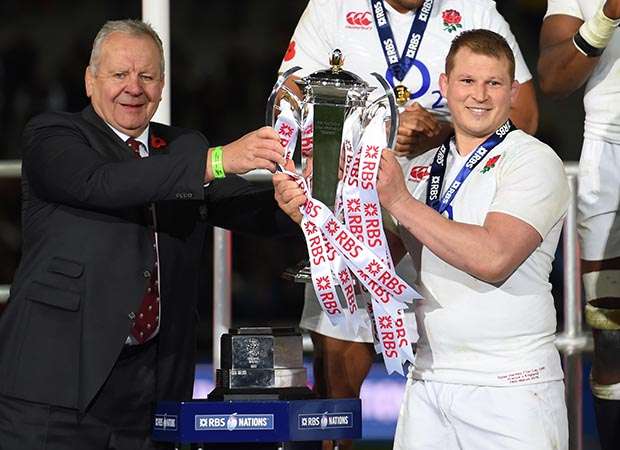
 And so it begins.
And so it begins.
Australian rugby‘s announcement of a A$9.8 million (£5.3m) loss for the 2015 season, up from A$6.3 million (£3.4m) the previous year, is a statement of how professional rugby is damaging the game worldwide.
Although, thanks to a new media rights deal, Australia will soon be back in the black along with most of the other big unions, there are some underlying problems that infect all the professional playing countries that money just doesn’t seem to be able to cure.
The most insidious of these woes is the one that is easily airbrushed over in the ever-increasing use of statistics by all unions to justify their funding criteria: participation.
Despite a substantial windfall of an extra A$170m for their media rights above the previous agreement, the number of 15-a-side adult club teams playing ‘traditional’ rugby in Australia has been steadily declining, just as they have in all the major rugby nations.
The Australian union uses the same statistics that all the major nations use when talking up the sport while looking for extra government revenues – and that is an increasing participation level across that spectrum of the game.
Whereas ‘traditional’ rugby player figures would have consisted of those playing the adult game in weekend matches over an entire season, the new figures include virtually all who touch a ball as little as once a month.
Whether touch, tag, non-contact Sevens, minis and juniors, schoolboy and schoolgirl, women or men’s, all figures are now added together in the effort to reach that magic number where government will step in with additional funding.
What’s interesting is that, all this time, the levels of revenues generated by the professional game have also consistently increased as more and more unions have taken control of all aspects of the international game.
Corporate entertainment, supporter travel, on and off site ‘official’ hospitality, corporate partners (sponsorship) and the biggest investor, the media, have all upped the ante and are hoping their investments will put them in a prime position following this summer’s Olympic Games Sevens.
This summer, World Rugby and virtually every country that plays rugby with any hopes and ambitions will be keeping their fingers crossed that the truncated version of the game will achieve global recognition. If it does and your nation’s team does reasonably well, overnight the funding worries that currently plague the game will fade away as governments will provide generous funds for the Sevens, if not the whole sport.
While this may sound like a dream come true, it is not for those of us who believe the game of rugby is a 15-player team game which, despite some of the current problems the sport faces, is still the real essence of the game.
The push by World Rugby and the unions, the ever increasing variants of the game, particularly the non-contact variations, does very little to encourage growth in the ‘true’ game as they don’t prepare players for some of the major elements of the 15-a-side version.
Obviously, non-contact games don’t prepare players for tackling, scrums, lineouts or mauls, which are key if you are to ensure long-term player welfare, participation and (dare I say it?) players with sufficiently good enough core skills to play in the ‘traditional’ adult game.
The worry is, World Rugby and the governing bodies don’t seem to care that the grassroots game is in crisis – struggling for funds that are no longer provided by their unions and losing adult players which leaves many clubs desperately relying on thriving mini and juniors sections to save their clubs.
Instead those charged with governing the game seem to be looking to the Olympics as an opportunity for another source of income with Sevens potentially becoming an even bigger revenue generator than the current international game.
I understand the positive spin that all unions apply to the increase in participation the variants bring, because it enables them to say their strategic plans are working and grassroots are reaping the benefits of that success.
Unfortunately, the truth is slightly less palatable as, despite the increased revenues, less of a proportion of the sport’s wealth is being spent on grassroots than at any point in its history.
As the profile of the professional game grows so does the level of investment needed to sustain success whether at international, regional or club level. All have to pay more to keep players who are in a buyer’s market and move to where they are paid the most.
Sadly, it seems even for international players it is more about which country pays the largest match fee and give the best opportunity to qualify as a resident, ignoring your ‘biological’ right to play.
With more players forgoing the call to play for their country of birth to sit it out until the three-year residency rule allows them to choose where the money is best, the development of the world 15-a-side game is being stifled, skewing the international game and World Cups.
My hope is that new World Rugby chairman Bill Beaumont, can get a grip of his organisation and refocus it on the funding and developing the grassroots game by providing incentives for unions to fund below the professional game.
He should also seek to change residency qualification to at least ten years to stop developing nations losing their star young players to the ‘professional’ unions and establish an internationally agreed match fee so all countries compete for players on a level playing field.
Only then can the sport develop, clubs teams increase and the ‘traditional’ 15-a-side game flourish and grow.

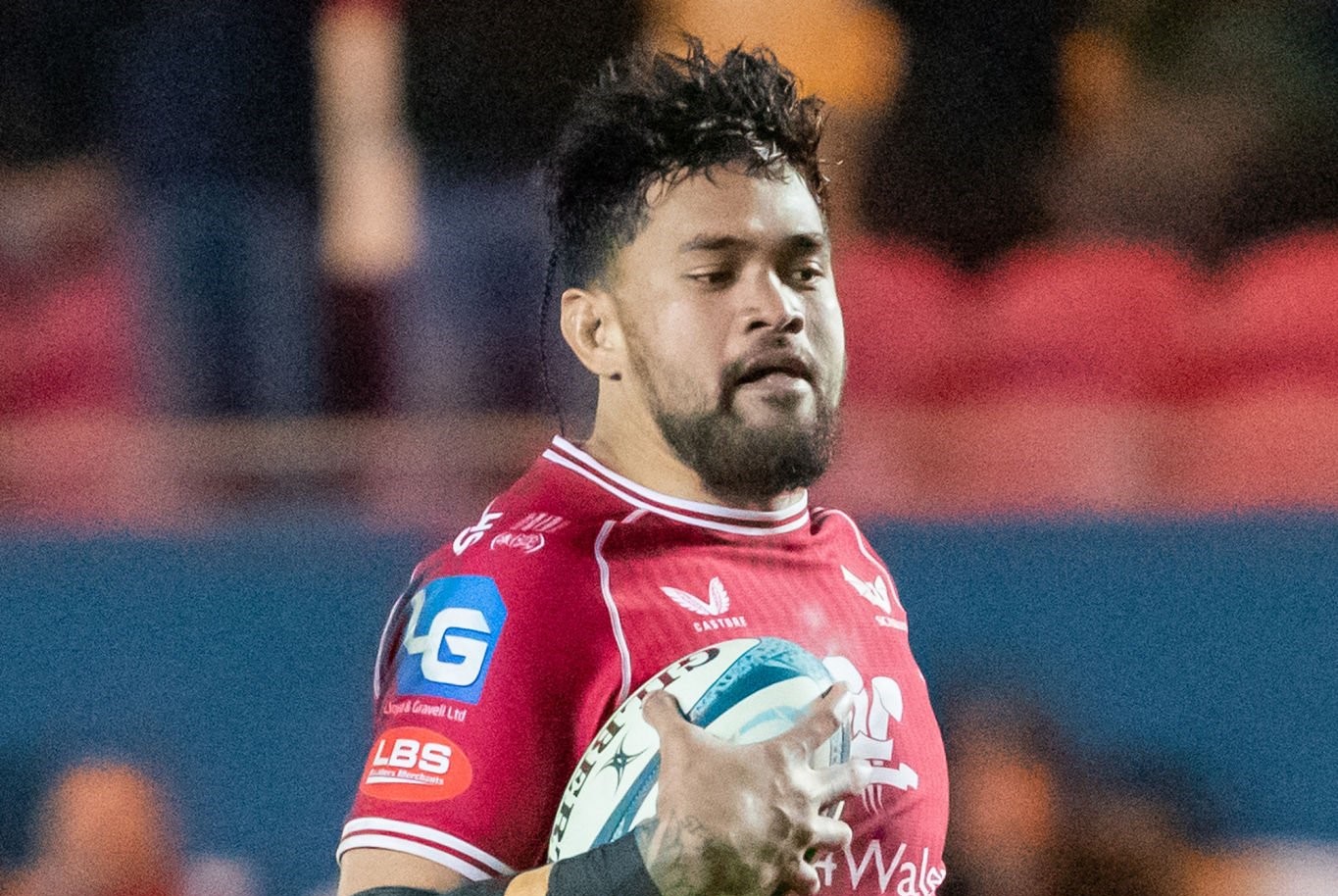
United Rugby Championship
Vaea Fifita’s commanding presence has Scarlets pushing for URC play-off spot
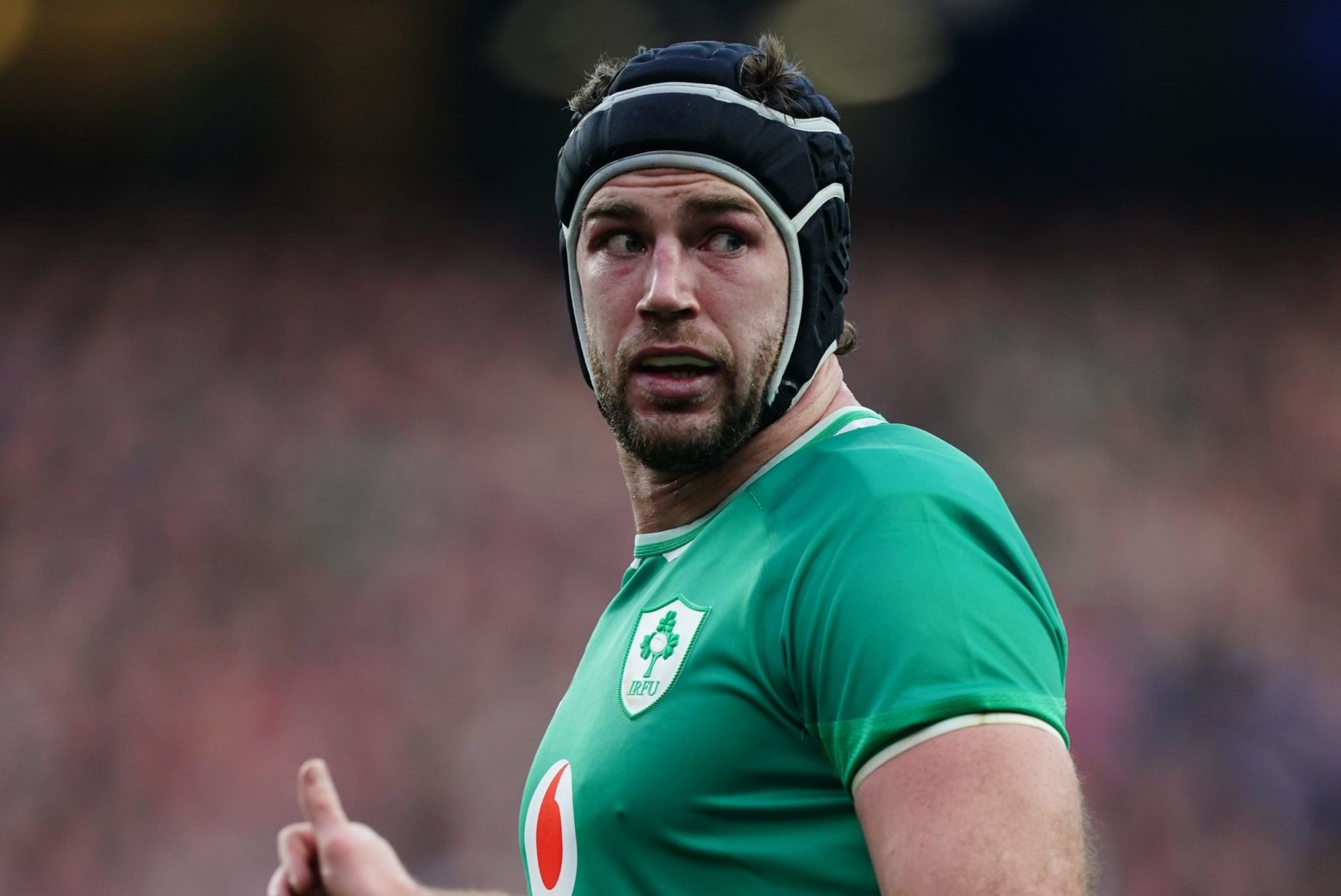
British and Irish Lions
British and Irish Lions Watch: Caelan Doris confirmed to miss the tour with injury



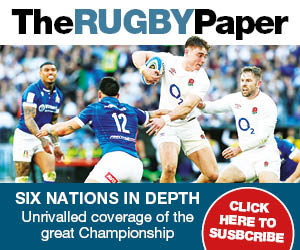

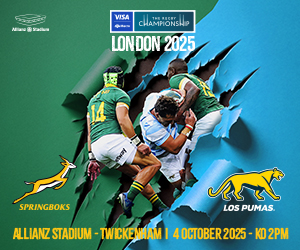




















You must be logged in to post a comment Login